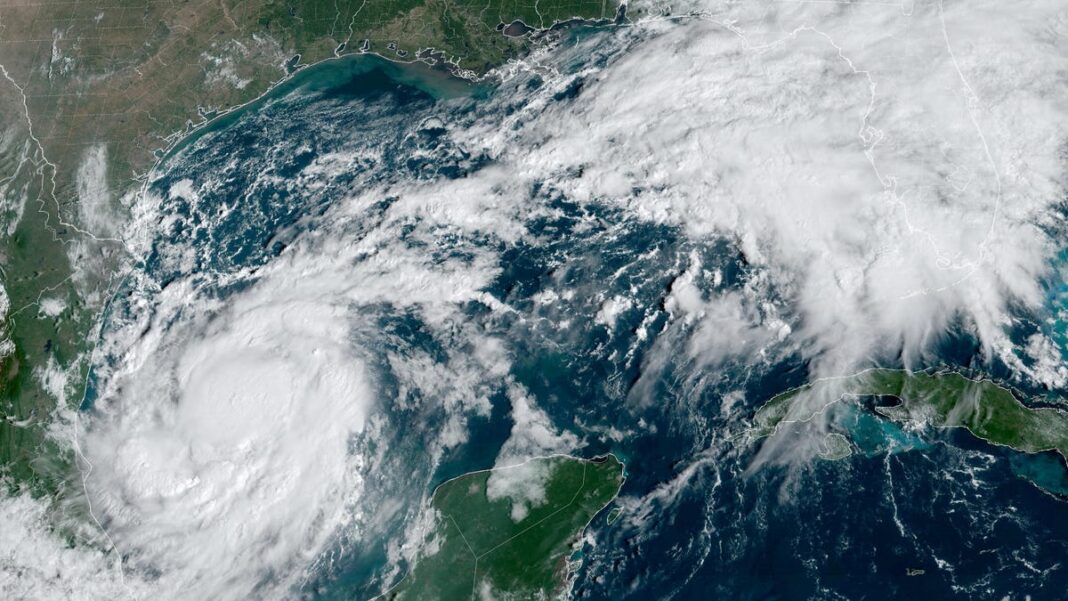Is a Category 6 Hurricane Possible with Milton?
The rapid intensification of Hurricane Milton from Category 2 to Category 5 raises questions about the potential for a Category 6 classification.
Hurricane Milton’s rapid escalation from a Category 2 to a Category 5 hurricane has sparked curiosity about whether it could reach a Category 6 status, despite the fact that such a category does not currently exist.
This powerful storm, moving towards the Gulf of Mexico, intensified dramatically on Monday, going from a tropical storm with 60-mph winds on Sunday morning to a staggering 180-mph Category 5 hurricane—a stunning increase of 130 mph within just 36 hours.
Though Milton has already reached Category 5 strength, it won’t officially be classified as a Category 6, as that designation is not in use. Nevertheless, if Milton hits wind speeds of 192 mph, it would exceed a threshold that only five hurricanes and typhoons have reached since 1980, according to climate scientists Michael Wehner and Jim Kossin.
The study authored by Wehner and Kossin explores whether the increasing intensity of storms might warrant the creation of a Category 6 classification. The storms they examined have all occurred within the last decade.
The scientists note that many of these extreme weather events are fueled by unusually warm ocean waters, particularly in regions like the Gulf of Mexico and parts of Southeast Asia and the Philippines.
Kossin and Wehner emphasize that their intent is not to propose a new Category 6 for the wind scale; rather, they aim to enhance discussions surrounding the escalating risks associated with climate change.
Other meteorologists argue for a shift away from strictly defining categories by wind speed, believing this focus does not adequately depict the overall consequences of hurricanes, such as storm surges and inland flooding. Notably, significant damage from Hurricane Helene occurred when the storm had already weakened from hurricane status to a tropical storm upon reaching the Carolinas.
Understanding the Saffir-Simpson Hurricane Wind Scale
The National Hurricane Center has utilized the established Saffir-Simpson scale to classify hurricanes since the 1970s, which categorizes storms into five levels based on wind speed. The threshold for Category 5 starts at 157 mph.
This scale, created by engineer Herbert Saffir and modified by former center director Robert Simpson, stops at Category 5 because winds of that strength can cause severe damage irrespective of a structure’s design, as Simpson mentioned in a 1999 interview.
Kossin points out that the open-ended definition of Category 5—which covers anything from “a nominal Category 5 to infinity”—is becoming increasingly inadequate, as climate change contributes to the emergence of more intense storms.

